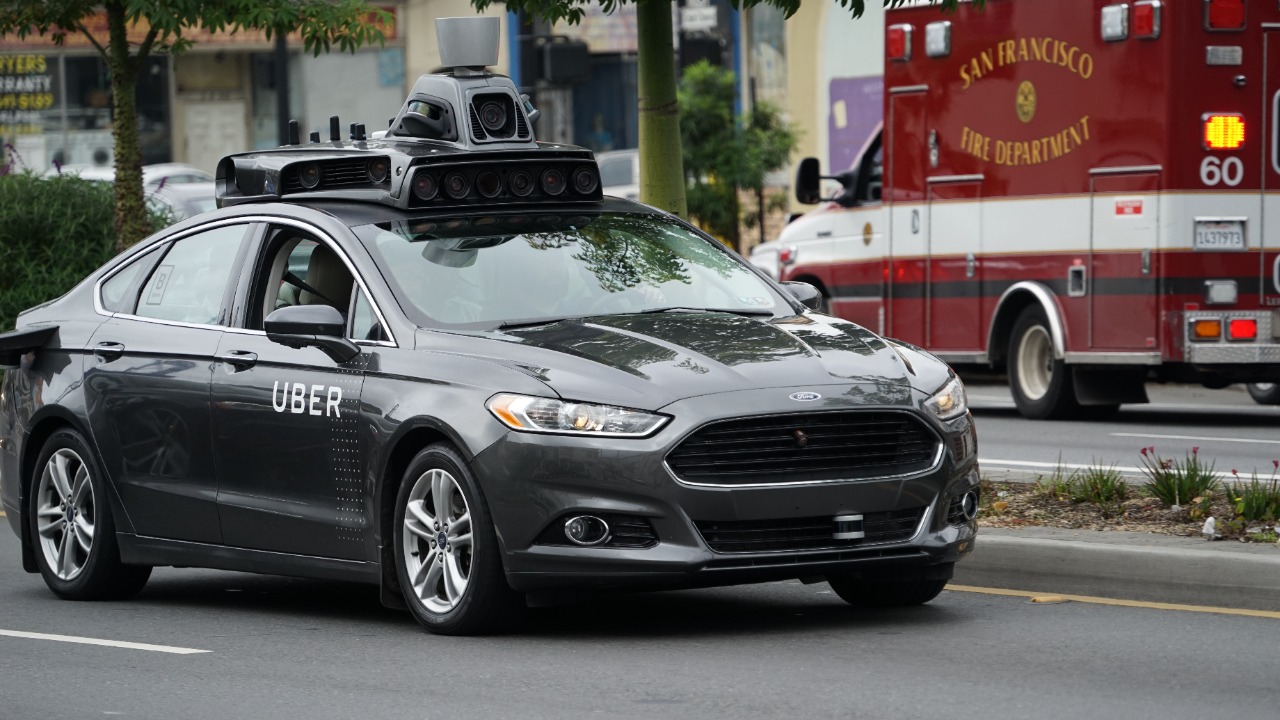
Waymo is leading the charge in the self-driving car revolution, challenging Uber’s stronghold in the ride-hailing industry. With its autonomous vehicles already operating extensively in cities like San Francisco and Phoenix, the future of ride-hailing is looking increasingly like Waymo. Uber CEO Dara Khosrowshahi has acknowledged this shift, expressing a willingness to reinvent public transit and integrate AI-driven solutions to keep pace with the rise of autonomous vehicle companies like Waymo.
Waymo’s Technological Edge
Waymo’s technological prowess is evident in its deployment of fully autonomous ride-hailing services in multiple urban areas. The company’s advanced sensor fusion and AI algorithms enable safer navigation without the need for human drivers. This technological edge has allowed Waymo to expand its services to over 100,000 weekly rides in key markets as of mid-2025, signaling a significant milestone in the autonomous vehicle industry.
Moreover, Waymo’s operational logs reveal a low accident rate compared to traditional ride-sharing incidents, underscoring the reliability advantages of autonomous vehicles. This data, coupled with the company’s continuous expansion, suggests that Waymo is not only a viable alternative to traditional ride-hailing services but also a safer one. source
Uber’s Response to Autonomous Competition
Uber has not been idle in the face of this autonomous competition. The company has made strategic partnerships and investments in self-driving technology, although some of these collaborations have fallen short against Waymo’s in-house development. Uber’s pivot towards software and platform services, following the divestment of its hardware-focused autonomous units, indicates a shift in strategy to keep up with the changing landscape.
However, Uber’s current market share in ride-hailing is eroding in cities where Waymo operates. The cost efficiencies of driverless fleets make them an attractive alternative for consumers, putting pressure on Uber to adapt and innovate. source
Dara Khosrowshahi’s Vision for Adaptation
Uber CEO Dara Khosrowshahi has been vocal about the need for Uber to embrace AI and autonomous vehicles for its survival. In an interview on May 22, 2025, he stressed the need for Uber to evolve beyond traditional driver models, acknowledging the inevitable shift towards autonomous vehicles.
Khosrowshahi also emphasized the regulatory hurdles and ethical considerations involved in integrating AI into self-driving adoption. His vision for Uber’s adaptation involves not just technological innovation but also navigating complex legal and ethical landscapes. source
Reinventing Urban Transit with AI
Khosrowshahi’s concept of “reinventing the bus” involves using AI-optimized routing and on-demand public transport to compete with private autonomous services. This idea aligns with broader trends where Waymo’s technology could integrate with mass transit systems to create hybrid models.
Several cities are already testing AI buses in pilot programs, providing a glimpse into how Uber could potentially fit into this evolving urban transit landscape. These developments indicate a future where ride-hailing services and public transit are not competitors but collaborators in providing efficient and accessible transportation. source
The Role of Tesla in the Self-Driving Race
Tesla’s ambitions in full self-driving software position it as a rival to both Uber and Waymo in personal and fleet mobility. Khosrowshahi’s commentary on Tesla’s approach during his May 22, 2025, discussion revealed overlaps with Uber’s ecosystem, suggesting potential areas of collaboration or competition.
Tesla’s plans for a robotaxi service could further fragment the market, forcing Uber to accelerate its autonomous timeline. As the self-driving race heats up, companies like Uber, Waymo, and Tesla are not just competing for market share but also shaping the future of transportation. source
Regulatory and Safety Challenges Ahead
As Waymo expands its operations, it must navigate ongoing regulatory approvals at both federal and state levels. These guidelines are shaping the deployment of autonomous vehicles and could potentially favor leaders like Waymo over legacy players.
Safety remains a paramount concern in the deployment of autonomous vehicles. Waymo’s safety metrics, which show a lower rate of incidents compared to Uber’s historical driver-related incidents, highlight the potential safety benefits of autonomous vehicles. However, the post-2025 policy landscape could introduce new challenges and opportunities for these companies. source
Implications for Ride-Sharing Economics
The economics of ride-sharing are set to change dramatically with the rise of autonomous vehicles. Waymo’s model, which eliminates driver wages, could lead to significant cost savings, impacting pricing and profitability for companies like Uber.
Market share projections based on 2025 trends suggest that Waymo could capture premium urban segments, further challenging Uber’s dominance. Consumer adoption rates, influenced by trust in self-driving versus human-driven rides, will also play a crucial role in shaping the future of ride-hailing. source
More from MorningOverview